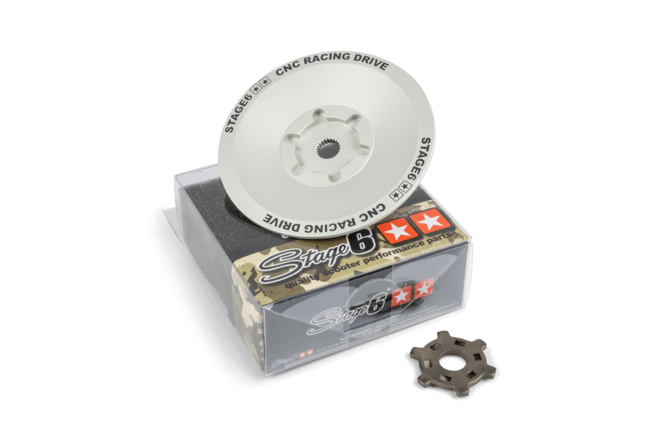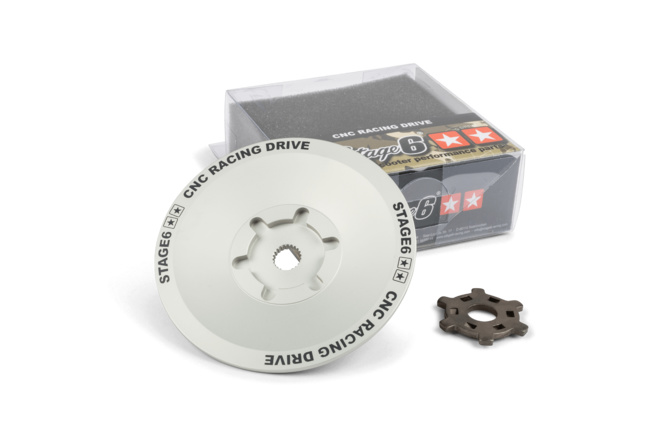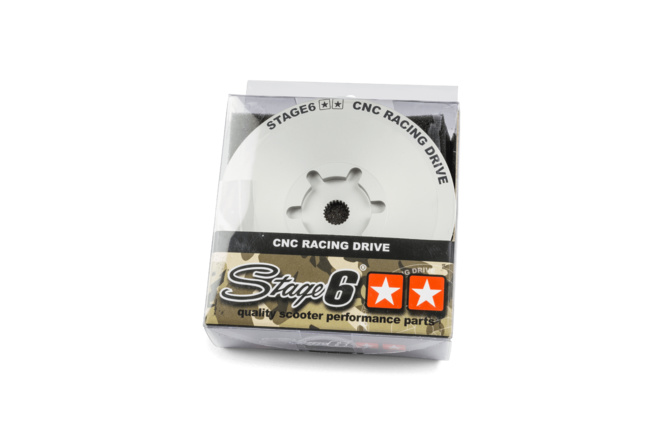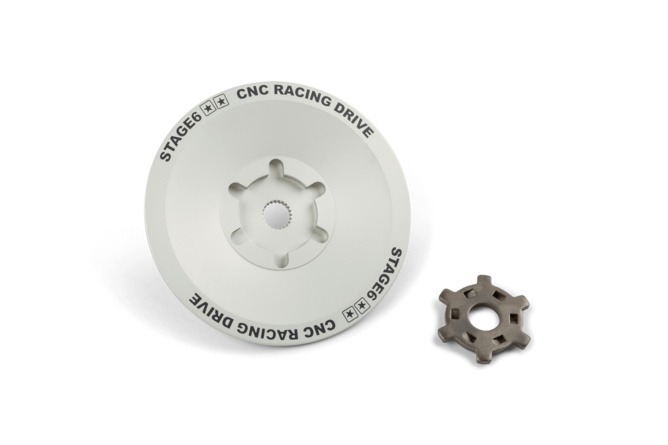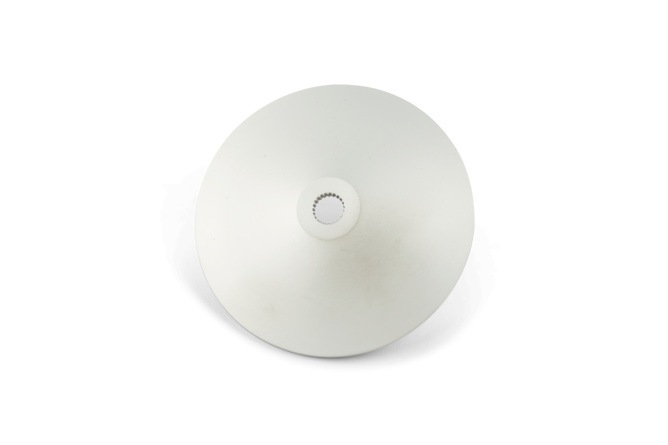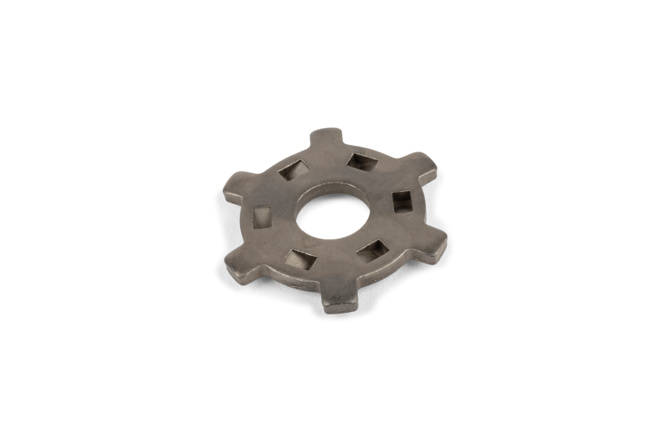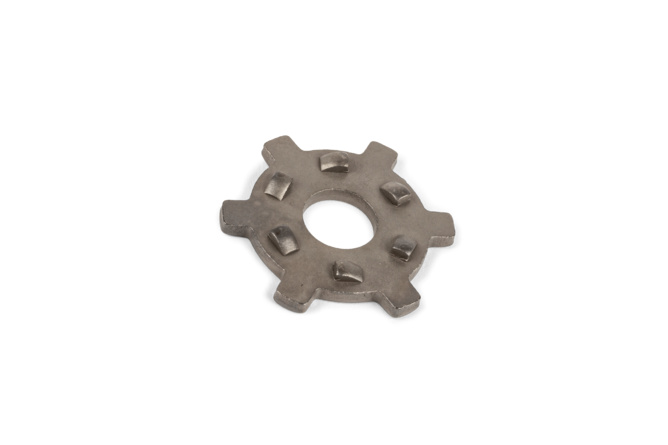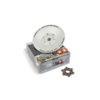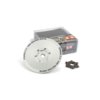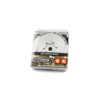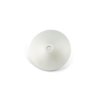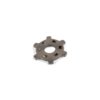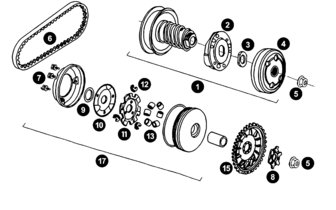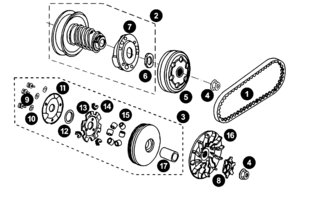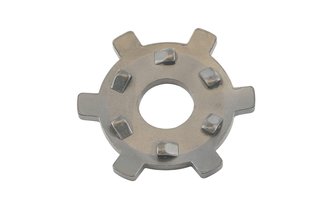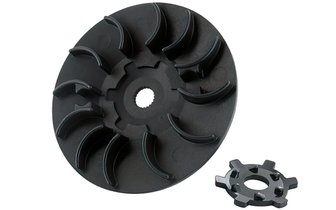Description
Stage6 Pulley / Drive Face
Stage6 Pulley / Drive Face Racing Peugeot scooters, racing drive face with optimized angle.
To save money, original pulleys are usually made from cast or – even worse – pressed steel. When cooling down after production, the discs haven’t found their final shape yet and the drive face angles end up slightly different. Since racing engines have a very narrow power band, these tolerances have direct, usually negative consequences on performance.
In contrast, the Stage6 Racing pulley is precision CNC machined from billet.More than twelve different versions were tested to find the optimal angle. The high quality aluminium alloy and a special low-friction surface coating make cooling fins unnecessary. Made of CNC aluminum, the surface is completely smooth due to CNC-machining, offering an improved finish and better performance.
The pulley is lighter than the stock part, so your variator will perform better and more power will be transmitted to the rear wheel. This racing drive was actually developed for drag races, but is very commendable for regular racing bikes as well.
- For scooter models Kisbee, Ludix, Speedfight ...etc.
- Peugeot horizontal
- Peugeot vertical
On Peugeot vertical engines the engine can only be started by the kickstarter without starter pinion.
CVT Pulleys
Pulleys are an integral part of the CVT system on scooters and mopeds with automatic CVT transmission.
The continuously variable transmission consists of fixed and moving pulleys, the V-belt rises and falls between them depending on the engine speed, changing the speed of the vehicle.
When should you change a pulley?
There are two reasons for replacing pulleys:
- Wear and tear. Although pulleys are relatively durable, the constant sliding of the V-belt can deform the surface.
- Tuning. Different pulley angles and diameters can improve the handling of scooters or mopeds.
Note: A CVT variator can only do a good job when CVT pulleys as well as torque drive pulleys are compatible with each other. Pitches and diameters of the individual elements must be matched so that the V-belt can glide evenly.
